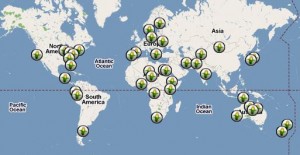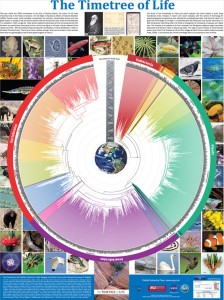Zurayk is a professor of Agriculture at American University Beirut. If Mouzawak is the poet of Lebanese produce, Zurayk is its academic dean. He’s a founding member of Slow Food Beirut, the author of a book on local food culture, and an avid produce blogger. He told me that as far as he knew, “Nobody has studied this aspect of eating.”
“This aspect” being the eating of unripe fruit, which is apparently a common feature of Lebanese gastronomy. Of the various reasons advanced by the professor for this predilection, the one I like best is this:
One of the origins of the taste for unripe fruits may be that poor country kids used to steal fruit from farmers. As the fruit ripened, the farmers were on alert, so the kids had to make their moves as early as possible, long before the fruit was ready to eat.
But in fact this — and indeed the other reasons proffered too — do not seem particularly peculiar to Lebanon. So is scoffing unripe fruits common elsewhere around the world? For example, my wife, from Kenya, likes to munch hard, unripe mangoes, skin and all. And are some varieties preferred for this early plucking over others?

